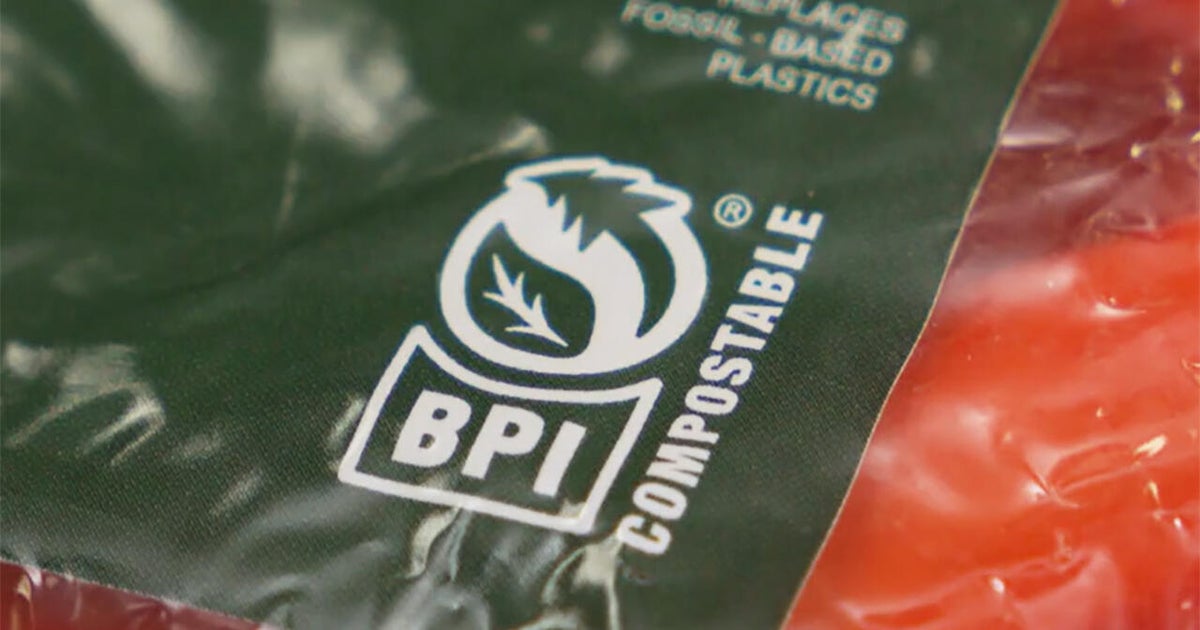Gardening 101: Keyhole gardens
By Jeff Ray
COLLEYVILLE, Texas (CBSDFW.COM) -- There is a raised bed garden technique pioneered in Sub-Saharan Africa called a "keyhole garden."
I was introduced to the concept by Grapevine Garden Club member Mary Lou Brieger. She has a couple of keyhole gardens in her magnificent backyard garden and teaches fellow members how to assemble one.
The best way to describe it is a small, raised garden on top of a carefully constructed compost pile. In the center of the garden bed is a hole to compost your kitchen scraps (the "keyhole"). In large designs there is a walk-up space in the garden bed to access the hole.
The design is very simple but brilliant.
By placing a pile of small sticks on top of the cardboard on the lowest layer, you are creating an oxygen space for the roots. This helps drive the roots down into the pile instead of staying near the surface where the oxygen usually is (in the atmosphere and in air pockets near the surface). These deep roots mean the plant is more protected from hot, dry conditions.
When you water your keyhole garden, you water just the key. This produces a compost tea that spreads down into the deep roots and provides free fertilizer. In most gardens the keyhole is elevated over the soil bed by about a foot. The compost center is usually composed of a fine, mesh wire cylinder to keep the compost somewhat separated from the soil bed.
Brieger fills up the keyhole once a week with a bucket of kitchen scraps and says to make sure not to put any meat or milk products in your kitchen scrap container, just fruit and vegetables trimmings. She also says don't put in any avocado seeds because they'll sprout and produce a tangle of roots down below, robbing your plants of important nutrients.
Another hint Brieger has is to put in a fine, wire mesh (also called hard landscape cloth) to keep out the voles and other pests.
The durability of vegetable plants in the Texas summer heat in a keyhole garden is very noticeable, Brieger says. She grows her favorite tomato plants from spring into late fall.
Another big advantage of a keyhole garden of this construction is that the bed is off the ground about three feet or so. This makes gardening much easier and is even handicap accessible. Brieger says she looks forward to gardening well into her nineties.
I'm going to switch over a couple of my 4x4 beds over to a keyhole garden this next winter. I love the idea that I can slowly get rid of my compost while I grow my vegetables.







